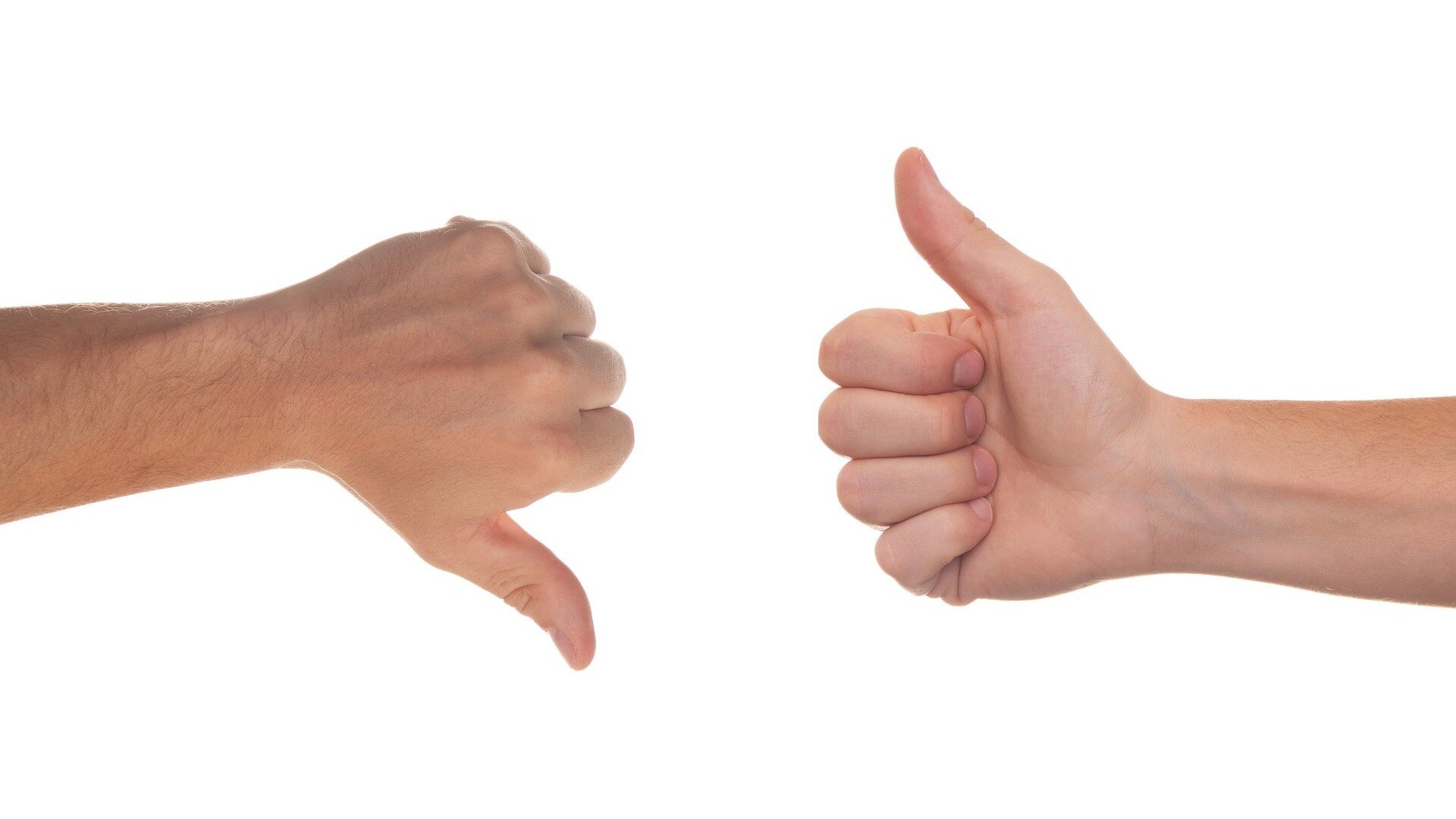In this blog from former editor Nadine Bachan, she sheds a little light on the not-so-clear complexities of Wikipedia copyright and the real deal behind what can and can’t be considered Fair Dealing (this is known as “Fair Use” in the United States).
Both subjects are often about finding the “quick fix” in permissions. Most people turn to Wikipedia and possible Fair Dealing items to avoid fees and restrictions on using texts and photos. These resources can take a burden off our shoulders, BUT we must be careful and keep a keen eye.
Wikipedia: A Plethora of Information and a HUGE Can of Worms
We access Wikipedia for quick and concise information about nearly any topic and subject imaginable. Millions of images can be found on Wikipedia, uploaded by users who create, modify, and add pages. More often than not, these users will state that they own complete control over the image, or that the image is free to use. And, more often than not, they are wrong. Images of artifacts, facsimiles from books, artwork, and logos are all copyright-protected, regardless of who snapped the photograph or created the jpeg.
If you take the time to read the fine print of any Wikipedia or Wikimedia Foundation copyright page, they have made sure to explain that they are not liable should any user misrepresent themselves or the extent of their expressed copyright control. These copyright warnings were recent additions to the Wikipedia website after an onslaught of lawsuits and complaints about unauthorized sharing of materials forced the Wikipedia founders to cover all their bases.
If you reproduce an image a user has deemed “Free to Use,” but you realize that the image is actually owned by someone else, you will have no one to blame but yourself for not double-checking.
Fair Dealing: Free to Use … If You Understand the Rules
It is a common practice for educational textbook publishers to only use small excerpts from stories, articles, and reports to demonstrate concepts being discussed in the text. In Canada, the general rule is, if the except is under 125 words, it’s free and clear to use. This rule, however, depends on the nature of the whole piece.
For instance, if you are using 125 words from a 300-page book, “Fair Dealing” should apply. But, if you are using 125 words from a 250-word article, you will need to obtain permission as you are using more than 50% of the entire piece. And, no matter how many stanzas of a poem or lyrics of a song you want to use—be it a few words or the entire piece—you MUST obtain consent.
As you can see, it’s all about context.
Don’t be disheartened: there are many images, songs, stories, poems, and articles that actually fall under “Public Domain,” which is completely unrestricted … but that’s a topic for another day.
When you’re in doubt about the terms of an item you wish to use, ask someone for advice. When it seems something is too good to be true, it often is, and then it’s time to find an alternative.






